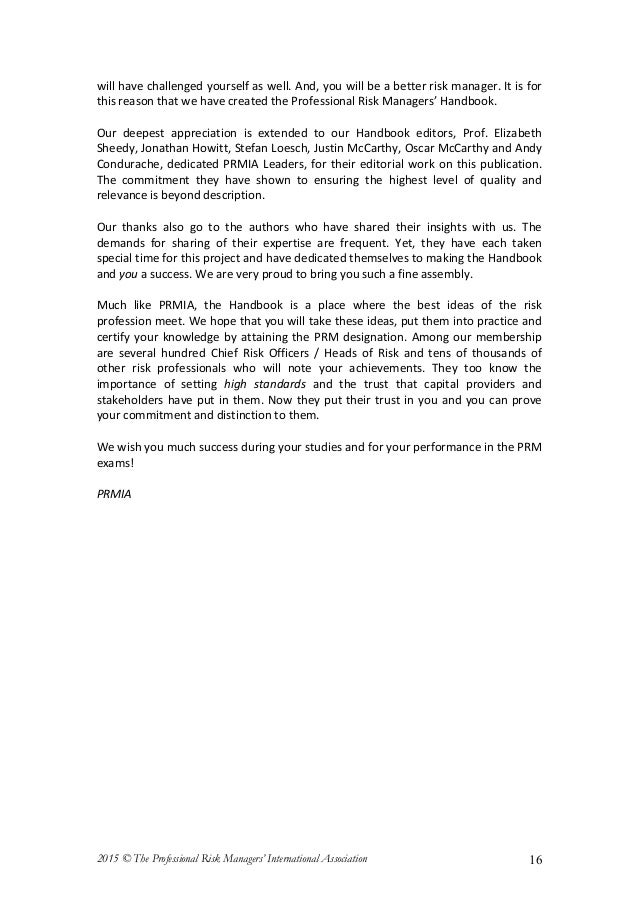The Handbook Of Credit Risk Management Originating Meaning
The Office of the Comptroller of the Currency, the Board of Governors of the Federal Reserve System, and the Federal Deposit Insurance Corporation (collectively, the agencies) have jointly issued the attached supervisory guidance on leveraged lending, which applies to all national banks, federal savings associations, and federal branches and agencies of foreign banks (collectively, banks). This guidance was published in the Federal Register on March 22, 2013, and replaces similar guidance issued in April 2001 (2001 guidance). Carvin V3 Midi Setup On Saffire.

Given that some of the assumptions interact with other assumptions, a range of outcomes may be used to determine if the loan meets the institution’s underwriting.
Since the 2001 guidance was issued, the agencies have observed tremendous growth in the volume of leveraged credit, driven in part by demand from nonregulated investors. The pipeline of aggressively structured commitments grew rapidly, and management information systems (MIS) were at times less than satisfactory.

Many banks found themselves holding large pipelines of higher-risk commitments when buyer demand had diminished significantly. In addition, debt agreements frequently included features that provided limited lender protection and contained aggressive capital structures.
In light of the market’s evolution, the agencies have replaced the 2001 guidance with the updated 2013 leveraged lending guidance, which focuses on the following key areas: • Determining a bank’s risk management framework requires the explicit involvement of management and the board in setting a bank’s policies and its portfolio and pipeline risk limits. • Underwriting standards outline expectations for cash flow capacity, amortization, covenant protection, collateral controls, and the underlying business premise for each transaction. The standards should also consider whether the borrower’s capital structure is sustainable irrespective of whether the transaction is underwritten to hold or with the intent to distribute. • Valuation standards concentrate on the importance of sound methodologies in the determination of enterprise value (EV), the need to periodically revalidate the level of support that EV provides, and the importance of stress testing EV. • Pipeline management highlights the need to accurately measure exposure on a timely basis, the importance of policies and procedures that address failed transactions and general market disruption, and the need to periodically stress test the pipeline. • Reporting and analytics emphasize the need for MIS that accurately captures key obligor characteristics (e.g., industry code, risk rating, collateral support, probability of default, loss given default, policy exceptions, exposure amount) and aggregates them across business lines and legal entities on a timely basis. The guidance also reinforces the need for periodic portfolio stress testing.
• Risk rating leveraged loans addresses a bank’s risk-rating standards, which should consider realistic repayment assumptions to determine a borrower’s ability to de-lever to a sustainable level within a reasonable period of time. Realistic repayment is typically full repayment of senior secured debt, or repayment of at least 50 percent of total debt over a five-to-seven year period. If the projected capacity to pay down debt from cash flow is nominal, the credit will usually be adversely rated, even if it has been recently underwritten. For distressed leveraged borrowers, where a portion of the loan may not be protected by pledged assets or a well-supported EV, the risk rating will generally reflect a more severe classification or nonaccrual status. • Participations purchased describes basic considerations required if banks purchase participations in leveraged lending transactions including policies, credit approval criteria, and in-house limits that would be required if the bank were originating the loan. • Stress testing outlines that a bank should perform stress testing on leveraged loans held in its portfolio as well as those planned for distribution. Corob Driver Software.
Banks that engage in leveraged lending transactions should consider and implement all applicable aspects and sections of the 2013 guidance. Examiners will be critically evaluating the above factors when assessing a bank’s risk management framework, as well as determining credit classifications on leveraged borrowers. This guidance is effective May 21, 2013. For More Information Any questions regarding the 2013 guidance should be directed to Lou Ann Francis, National Bank Examiner and Technical Expert, Credit Risk Policy Division, at (202) 649-6406 or (202) 649-6670.
Darrin Benhart Deputy Comptroller for Credit and Market Risk Related Link • (PDF).